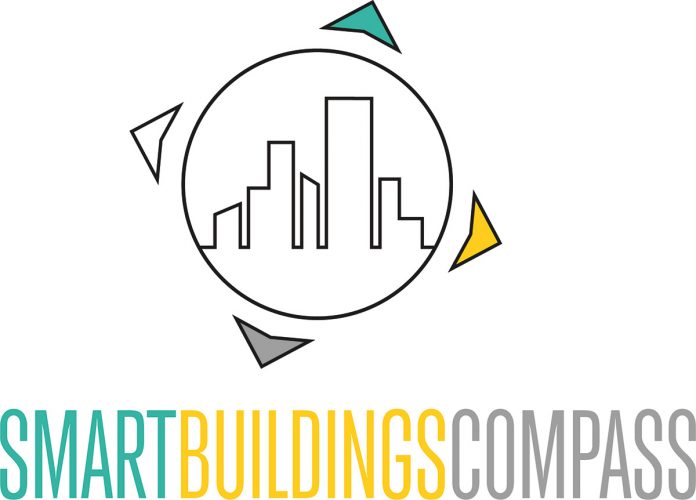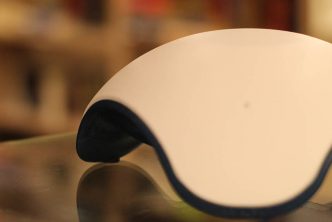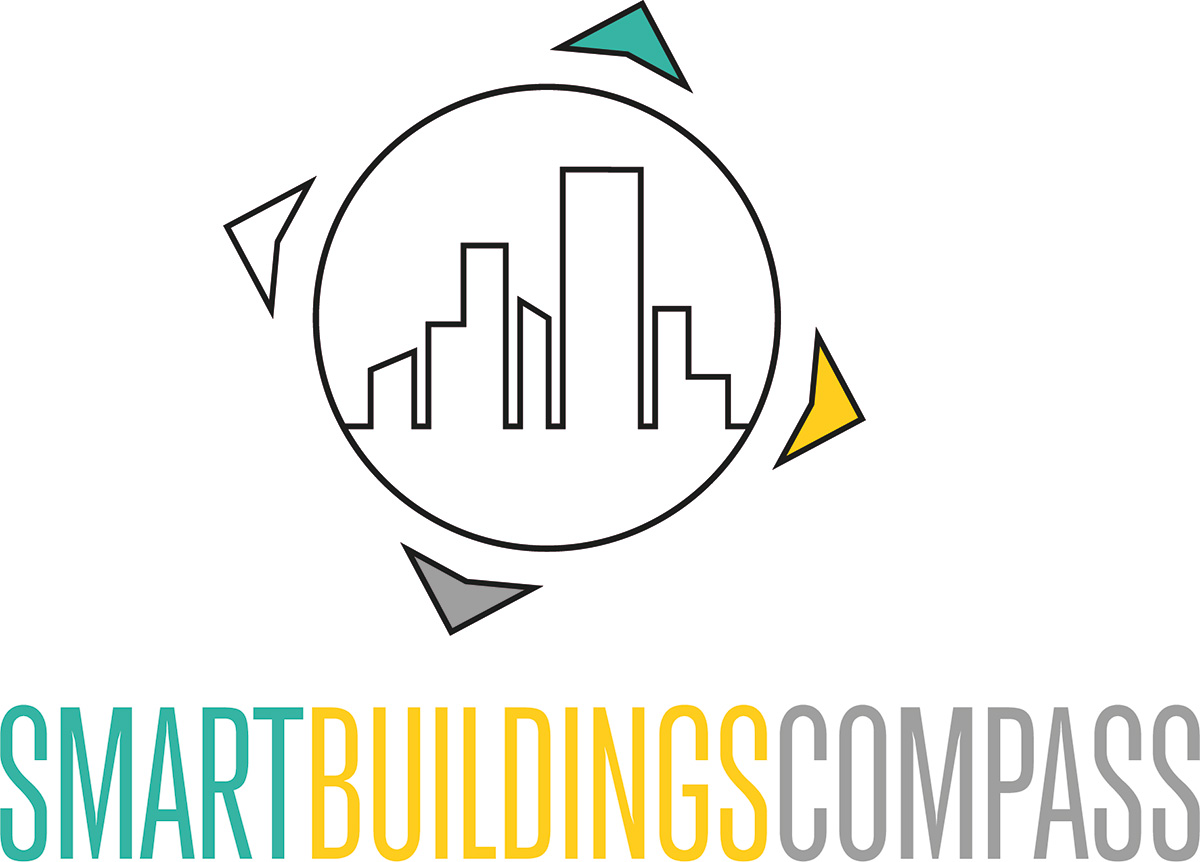Active Assisted Living: A holistic view
The Institute for Advanced Studies (IHS) recently confirmed the increasing burden of private healthcare expenditure in Austria. Tendency: Continuing to rise. In Germany, negotiations on remuneration between health insurance funds and federations are failing, insolvencies of care organisations threaten the care system. A German study, on the other hand, warns: Without reform, there is a risk that social security overburdens payers.
Demographic change is changing the way we spend the last third of our lives due to the shortage of specialists and staff in the care sector.
Care is increasingly becoming a family task, and households have to dig deep into their pockets to pay for it. Neither quality nor quantity in care are stable in the current system. And the challenges do not await us in the future: They are already here. Active Assisted Living technologies and concepts are part of the solution. In countries such as Sweden and Denmark, they have been an integral part of care for years, as it has been recognized that the care system cannot survive without “welfare technology”.
This market survey analyzes the status of AAL technologies in the care sector in Austria and the strengths, opportunities, challenges and weaknesses associated with them. A comparison is also drawn with Germany. The 30 participants interviewed gave an insight into the lessons learned from the past and ventured a look into the future.
I will be happy to answer any questions you may have,
Mag. (FH) Anja Herberth / Publisher
Get part of our newsletter community!
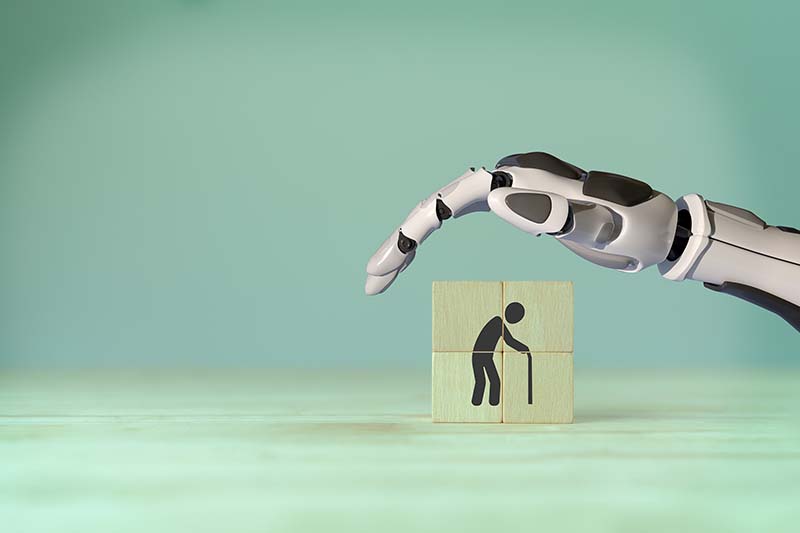
The key findings of the market survey
The strengths
Care organizations: Maintaining & improving quality, relieving the burden on staff
Assistance technologies support and relieve the burden on care staff in times of high work pressure and make care organizations more responsive. Recipients of care and patients receive help and the necessary support more quickly. They take over routines and improve planning, and the resources created can be used in a more meaningful way than for bureaucracy.
In addition, the patient’s state of health can be better monitored and rapid action can be taken in the event of changes. This makes it possible to detect and treat diseases at an early stage. Artificial intelligence will make a wide range of applications possible in the future, and the experts surveyed would like to see more research in this area.
Conclusion: In times of high work pressure, assistance systems help to maintain or improve the quality of care. This also makes the jobs more attractive: If these intelligent systems work, the jobs are in favour, as the support on the job is valued, according to the interviewees.
Home care solutions: Enabling independent living for as long as possible
Private AAL applications offer solutions to support older people or people with disabilities in everyday life or in emergency situations. They involve nursing staff, relatives and doctors, thereby improving existing (communication) structures.
Technologies are only one part of the whole system; there are several levers to pull. The aim must be to design life and living space in the last third of life in such a way that people can live in their own four walls for as long and as healthily as possible. In Austria, there is no nationwide overall concept and only a few regional activities exist due to the fragmented competencies.
Countries such as Denmark and Sweden are already focusing intensively on an overall concept that emphasises a high level of personal responsibility, support for self-help and technology. E.G.: Assisted living showrooms show citizens the solutions and aids available on the market for the home – since 2016, for example, in Aarhus, Denmark. Educational institutions train employees in the health and care sector in digital and technological developments and explain how they are used in practice. Older people also receive individual advice and training on how they can lead healthier and more sustainable lives.
(Seize) The Opportunities
Innovation comes from the region – increasing opportunities through collaboration
They do exist: The masterminds and innovators, the lighthouse projects. Innovation comes from the regions; projects are used to research or provide improved advice and information on how the home can be prepared for the last third of life in an age-appropriate and comfortable way.
More cooperation is needed here in order to publicise the solutions that have already been developed – also to ensure that not every region starts developing from scratch. And preferably across countries and states. Thanks to the improved exchange, “we would already be much further ahead”, as one participant explains.
The opportunity for political embedding
Those who have understood the topic in politics create structures to anchor the topic in the federal state or region. In many cases, this involves researching what is already possible and then developing and piloting projects before they are rolled out in the federal state/region. Essential: Political core teams are drivers of regional innovation. Through political anchoring, new and innovative approaches are given a voice in political bodies, as well as improved visibility and realisability.
Future topics: Prevention, early detection and personal responsibility
Interviewees’ priorities: Our healthcare system should shift away from reparative medicine and simply combating symptoms towards early detection, prevention and personal responsibility. The goal is not only to achieve savings – it can also prevent a great deal of suffering.
Assistance solutions provide better health data than before for early detection. This allows immediate intervention in the event of changes, and diseases can be detected and treated at an early stage. However, this also means that sensitive data is processed and the systems must be secured with high security and ethical standards.
Improve opportunities through visibility & explanation
To support the go-to-market of solutions, innovations and ideas need visibility in order to reach stakeholders in the care and healthcare sector, insurance companies, end consumers and their relatives. These solutions need to be explained, especially to target groups that have had little contact with digital technology.
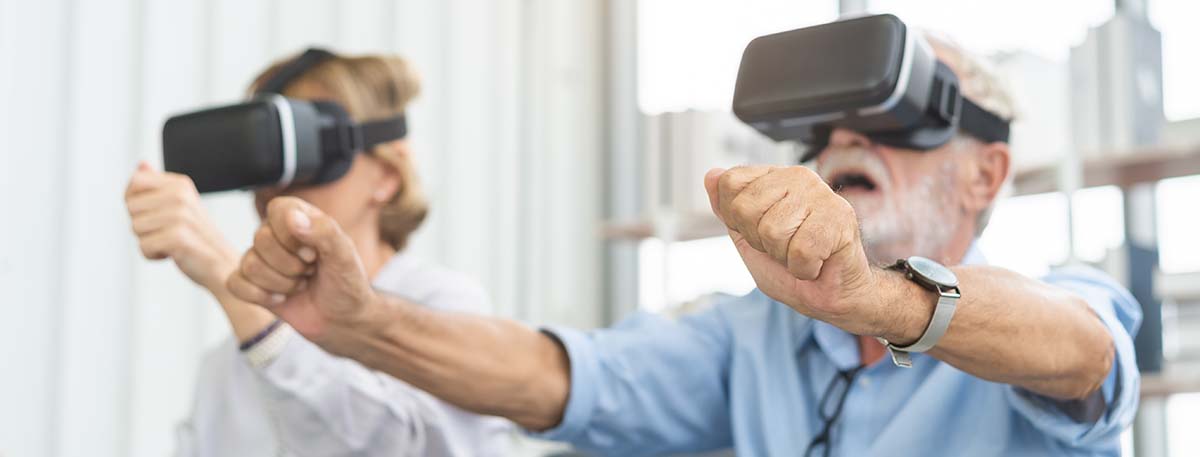
Challenges
New approaches needed
The system is inflexible and the concepts from the past are no longer suitable for solving the current challenges. According to the interviewees, new approaches are needed, a fundamental transformation of the care system. Technology is only one component here. What is needed “is an integrative structure in which care funds and insurance companies work together with the institutions, cities and service providers,” one participant said. However, the chances of systemic further development are poor: Resources are currently focused on issues such as sustainability, environmental and climate damage and the energy transition.
The challenges are also great at a more detailed level: Care will increasingly take place at home, i.e. in a decentralised manner. The future therefore belongs to collaboration, the interaction between patients, doctors, nursing staff, therapists and relatives. The list of open questions is long: How can cooperation be coordinated, how are they linked? Which individual stages must be passed through and when does inpatient care become necessary? And how can those in need of care be involved in this process? The legal framework for this has not yet been defined either.
Interdisciplinary networking and collaboration
In addition to the healthcare system, smart health applications are also changing related sectors: This affects architects and construction companies, as well as trades such as electricians. They plan and design, are responsible for installation, modification and refurbishment as well as for operation and maintenance. Technology is not always the main focus: For example, accessibility, sufficient space for wheelchairs, walking aids, etc. The last third of life and the digitalisation and technological development of care should also be better implemented in training courses.
Technology in the “Valley of Death” & funding gaps
Funding worth billions of euros at EU, federal and state level supported the development of AAL concepts throughout Europe until the test phase with prototypes, at which point it came to an end. For reasons of risk, the companies did not take up market development and essential questions remained unanswered: Who should distribute the products? What could cost models look like? What should be paid for privately and what should the state contribute? What further training is needed to bring these solutions to market? And who is responsible for regular maintenance and modernization?
Further funding gaps are currently arising as a result of the multi-crisis: The high costs in the areas of interest, rent, energy and food are causing the budgets of care facilities to explode.
Many politicians are completely unaware of the social bomb that is ticking in our care and healthcare system.
There is no harmonised approach at federal level: In Germany and Austria, care is the responsibility of the federal states. Federalism, bureaucracy and fragmented competencies pose challenges. The services vary from federal state to federal state, as do the subsidies for the implementation of technology in care organizations, for example. Local development depends on committed personalities – if these are gone (e.g. due to retirement), projects often come to an end.
Conclusion: The pressure on our health and care system is already high today and will continue to increase in the coming years due to the shortage of skilled workers and demographic change. However, the money is currently still stuck in the old system and in traditional silos of thought. The transformation to a modern system is challenging and is not yet being paid for. One participant: “The resources need to be reallocated, they are currently misallocated.”
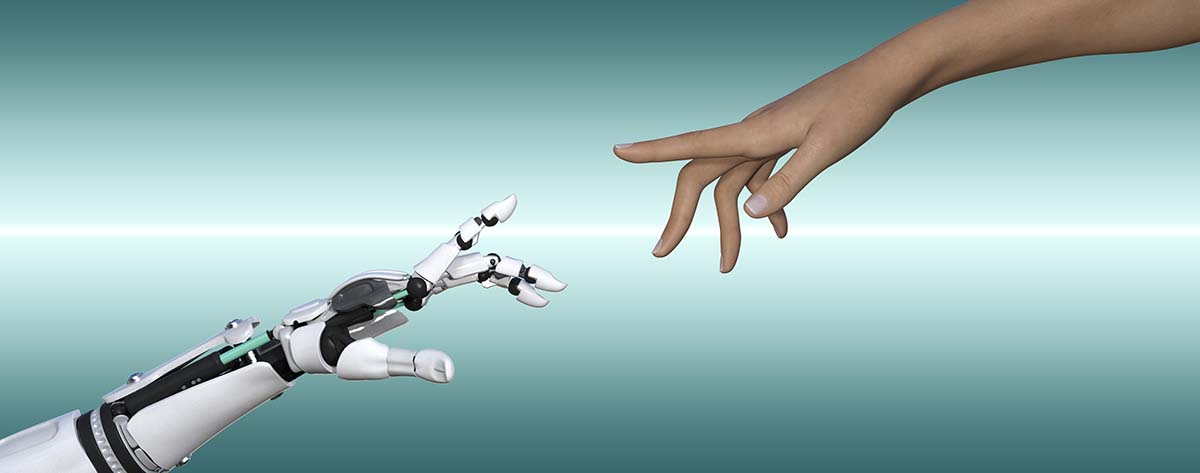
Weaknesses
High market risk due to low visibility
The existing solutions are not visible enough, and this applies to several levels: The regions and federal states do not work together. They research independently and come up with their own solutions. In this fragmented market, it is also difficult for companies to scale up. Similarly, solutions are not sufficiently visible to private end consumers, and the target groups (those affected themselves, carers and relatives) are often difficult to reach. As a result, demand for solutions is low, which also means that the market risk described above is high.
AAL technology still not mature enough for large organizations
The solutions and products available on the market are suitable for private individuals and small to medium-sized organizations. For large municipalities and cities with several thousand employees and people in need of care, an overall solution is needed – and this does not yet exist. Those responsible help themselves by screening the market and looking at how other municipalities are dealing with the challenges.
Calls for tenders require reflection
The more detailed applications for research funding are, the better the chances are, explain several interviewees. This makes the tenders very rigid and interim results cannot be sufficiently incorporated. Conclusion: The specifications do not lead to the desired output.
Another challenge: In three to five years of development, the market has already changed and the products are old when they come onto the market. Some developments became “flops” because, for example, the better fall detection system was launched on the market with the Apple Watch.
Lack of co-creation
This refers to the integration of end users in the development of products and solutions. It’s not about them being able to do everything (too expensive) or being “cool”. They must be able to do the right thing and be usable for users. According to the interviewees, users are often not integrated into developments at all or only much too late. But: The success of products and concepts in care organizations depends significantly on the involvement of the target groups.
Infrastructure basis missing
The basis of many AAL applications is a functioning Internet connection. This requirement is less of a problem in the city, but in the countryside it is a big problem. This basic requirement is particularly lacking in Germany. Investors are currently withdrawing from the market because the planning figures and the utilisation of the grids have proven to be too optimistic. In Austria, market providers have already called for a digitization offensive to boost demand for broadband.
